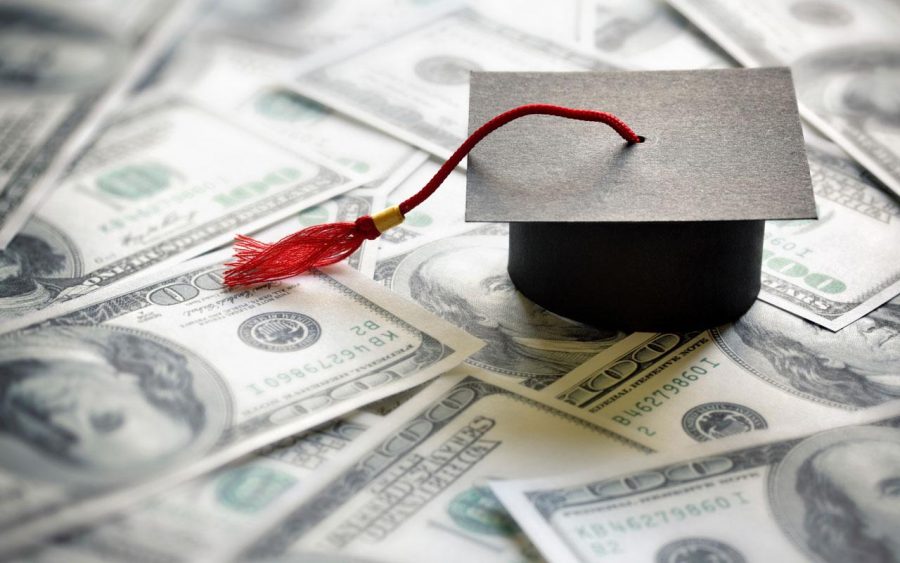By Logan Pillard
Spring break season is finally here, but students may not want to be so quick to take the lavished vacations that are engraved in the collegiate tradition. As many students tripped over themselves to flee the stress of midterm season, the Trump administration repealed an important memo put in place by former President Obama, which protected student-loan borrowers from hiked interest rates and additional fees on defaulted loans through the Federal Family Education Loan program.The rescinding of the Obama regulation came just days after the Consumer Federation of America released a study that found the number of Americans with defaulted student loans increased nearly 14 percent in 2016. Despite a growing economy, lowered national unemployment rate, and better opportunities for students to avoid defaulting on loans, the job market is increasingly unkind to young professionals fresh out of college.
While the University of Iowa boasts an employment placement of 86-100 percent, depending on the college, students should still take caution. As of 2013, the average student loan amount over four years at the University of Iowa is just over $28,000, according to data gathered by the Institute for College Access & Success. However, with tuition hikes over the past few years the current loan amount may closer resemble the national average of just over $30,000.
The university is under pressure to make budget cuts in the wake of reduced state and federal funding to education. We saw the repeal-then-reinstatement of university scholarships last month, which is only a predecessor to the future actions the university will have to take as the Trump administration’s budget makes massive cuts to the Department of Education and leaves states stuck with the bill. Seeing as the state Board of Reagents is already strapped for cash, a steady increase in tuition seems inevitable.
As states are forced to cover the difference from cuts to the federal Department of Education, tuitions set to increase, decreased job placement for college graduates, and the dismantling of protections for borrowers in default from increased interest rates and additional fees, our government is paving the way for an increase in unpaid debt and threatens the financial security of graduates.
“But if you can’t afford an education, then why get one?” conservatives are quick to point out. Well, my dear Trumpeters, while it was possible to receive a high-school degree and make a comfortable wage for the generations before us, technological advances and societal changes have made postsecondary education all but a necessity to make a livable wage. Technology has left many factory jobs redundant, a fact Trump has blamed on the outsourcing of jobs.
Most employers are based in large cities, which often boast a high cost of living. Not only are college graduates faced with an education system designed to keep them in debt, they also are faced with the decision to relocate to places with unaffordable living expenses to further their career or take a position in a more affordable location to make ends meet.
This latest repeal from Trump’s Department of Education is not only an attack on students who work hard for their education and degree, but also an attack on the American Dream itself. We are a country that has built its reputation on the idea that, with enough work and dedication, you can be anything you set your mind to. Add this to Trump’s list of failures to the American public, the very group he promised to put first.



